What is the tolerance range of precision screws?
What is the tolerance range of precision screws?
Service Hotline
+86760-8787 8587We have more than ten years of experience in screw industry production, the main products are: white zinc bolts, combination gaskets, fish scale tube three-piece expansion pipe bolts, Yuanbao butterfly screw, machine bolts, building embedded bolts, hollow hexagon bolts, All kinds of automobile casting nuts, wholesale BS4190 nuts, non-standard fasteners, external hexagon socket head screws and screws, BSW bolts, cup head socket head plywood screws, extension screws, hole pins and other fasteners, due to the product material and Specifications vary, prices vary, please contact us if necessary.


Shaft retaining ring (hereinafter referred to as retaining ring) is a very common part and is widely used in shaft parts. The existing solution for pressing the retaining ring is: place the retaining ring sleeve in the chamfering section or the guiding section of the shaft head, and then use an indenter whose inner hole diameter is larger than the diameter of the shaft head to press the retaining ring into the groove, and then press the retaining ring into the groove through the shaft head. The retaining ring is combined with the slot to prevent the indenter from continuing to move downward.
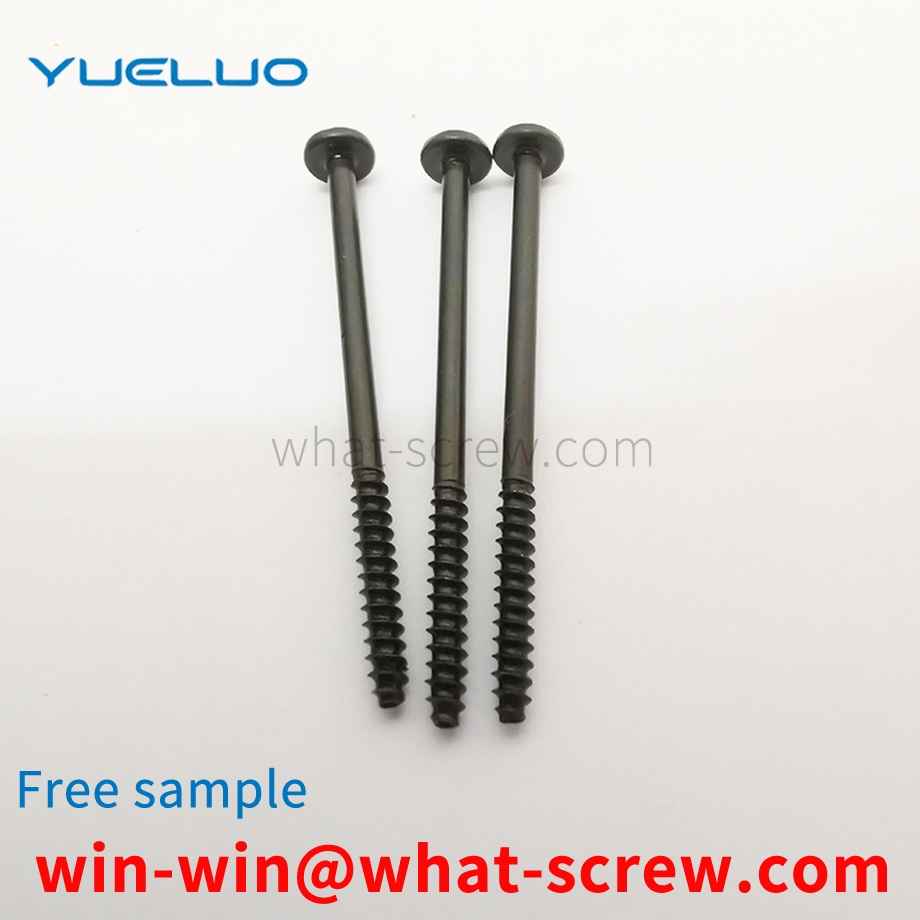
The flange nut and the general hexagon nut are basically the same in size and thread specification, but compared with the hexagon nut, the gasket and the nut are integrated, and there are anti-skid tooth patterns on the bottom, which increases the nut and the workpiece. Compared with the combination of ordinary nut and washer, it is stronger and has greater tensile force. In some equipment with large vibration amplitude, due to the action of huge vibration force, the flange nut is prone to loosening, which often occurs. If the flange nut falls off the equipment or even damages, the staff also needs to install the flange nut repeatedly, which increases the labor intensity and brings great inconvenience to the use. Now a split type tightening nut is proposed.
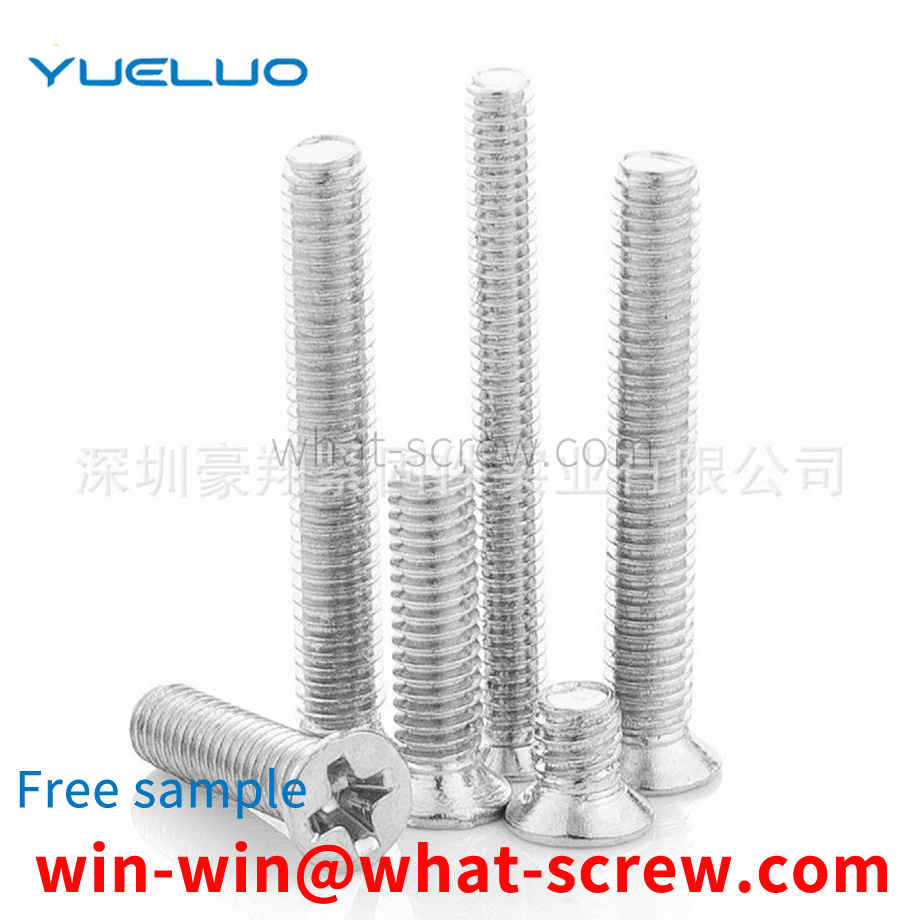
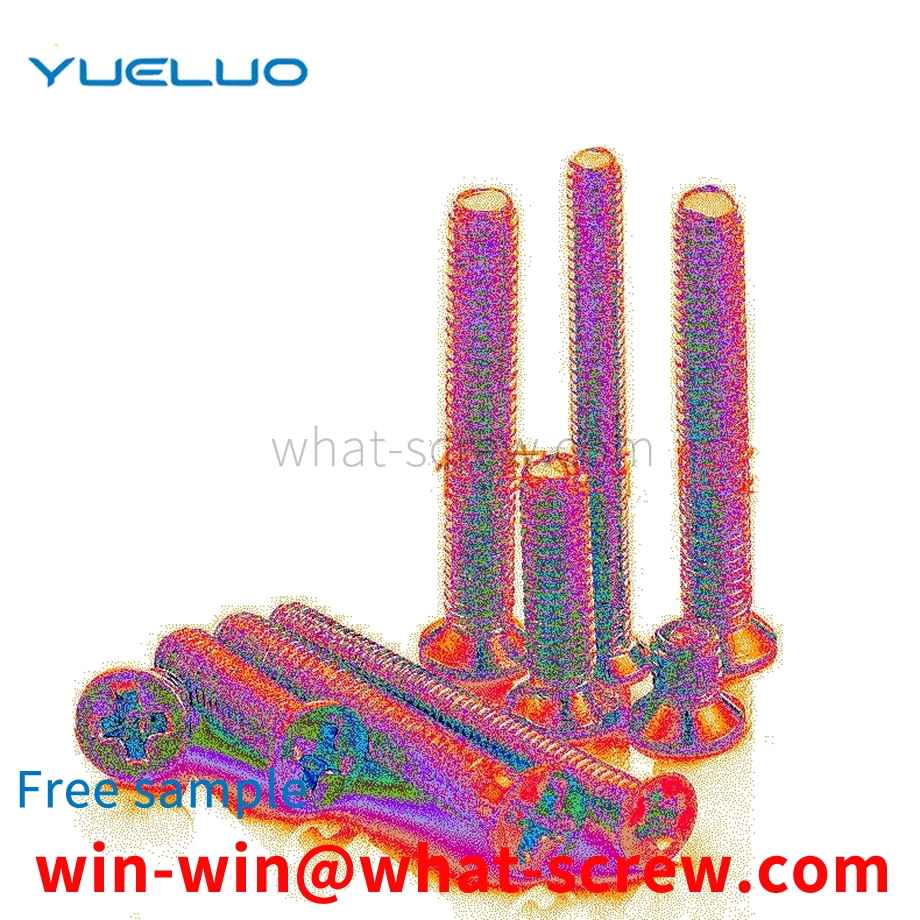
Material and process requirements The self-tapping locking screw should be made of high-quality carburized steel cold heading, generally no larger than M12. The finished material should be drawn with a high total reduction rate before cold heading, so that the cold heading must be spheroidized. Annealing, in order to enhance the surface hardness and the toughness of the core, most of them are made of medium and low carbon steel. The chemical composition of the material in the standard is only for guidance. The C content is 0.13%~0.37%, the Mn content is 0.64%~1.71%, and the B content can reach 0.005%. The elements of S, P, Mn and Si in the commonly used steel are generally lower than those of the ordinary bolt steel of the same grade. And the surface quality of the material is strictly controlled to reduce deformation resistance and prevent deformation and cracking. Commonly used grades are 20Mn, 15MnB, SWRCH22A, 1022A and medium carbon steel, medium carbon alloy steel SWRCH35K, SCM435, SCR435, etc. Self-tapping locking screws are threads with an arc-shaped triangular cross-section, so the formulation of cold heading and wire rolling processes, as well as the design and manufacture of cold heading dies and special rolling plates are very important. Self-tapping locking screws require a high-hard surface for cutting and extruding capabilities due to the need for self-tapping low carbon steel. At the same time, there must be sufficient core strength and toughness to prevent twisting and breaking during work. The heat treatment process of this type of screw belongs to shallow carburizing. Regardless of whether it is made of low carbon steel or medium carbon or medium carbon alloy steel, its core hardness must be guaranteed to be within the range of 28~38HRC (9.8 grade) 33~39HRC (10.9 grade) and not less than the minimum tensile load of 930MPa (9.8 grade), 1040MPa (grade 10.9), depending on the material, the minimum tempering temperature is 420℃. In order to ensure that the self-tapping locking screw can be smoothly screwed into the prefabricated cylindrical hole, the end of the screw should be hardened by high-frequency quenching to ensure that at least one to three thread teeth are hardened, and the minimum surface hardness is 45HRC.
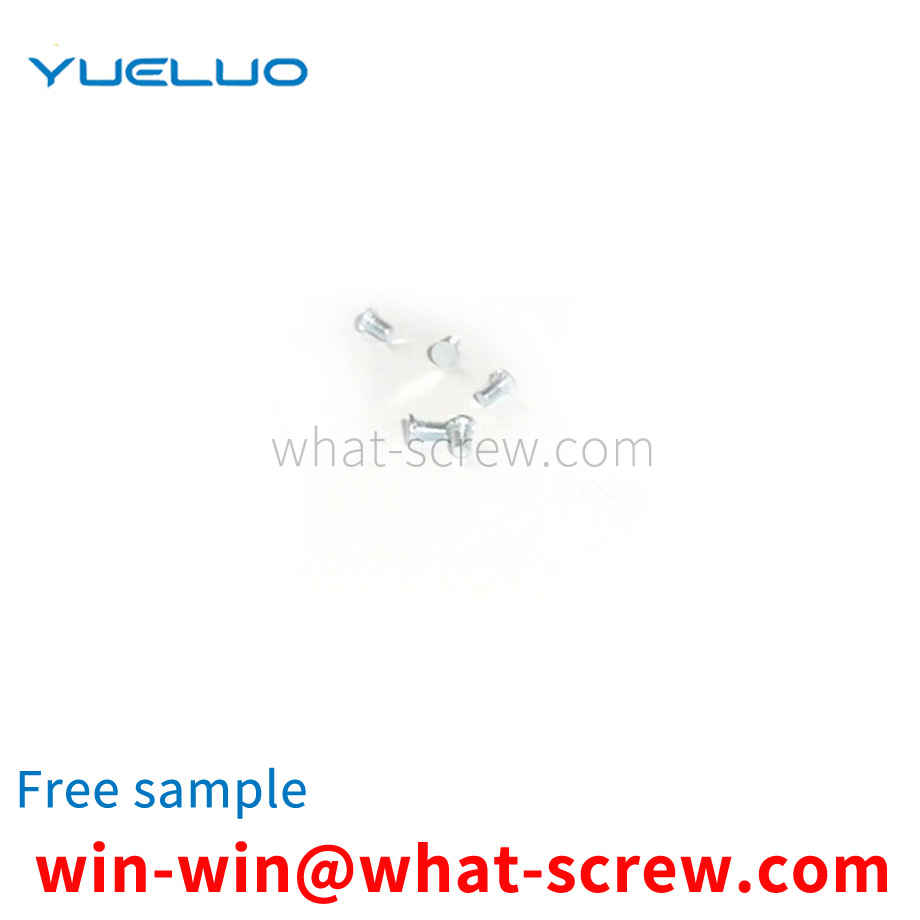
The existing way to achieve radial locking of the shaft is generally to sleeve the positioning block on the shaft, and then use a cylindrical pin to pass through the positioning block to lock the shaft. The locking structure and method are as follows: A locking groove with an arc-shaped cross-section is set on the outer side of the shaft along the direction perpendicular to the axis of the shaft, an opening is set on the positioning block, and then a cylindrical pin is used to pass through the positioning block from the outside of the positioning block and screw the lock at one end of the cylindrical pin. When the lock nut is tightened, the opening on the positioning block will be deformed inwardly and locked on the shaft.
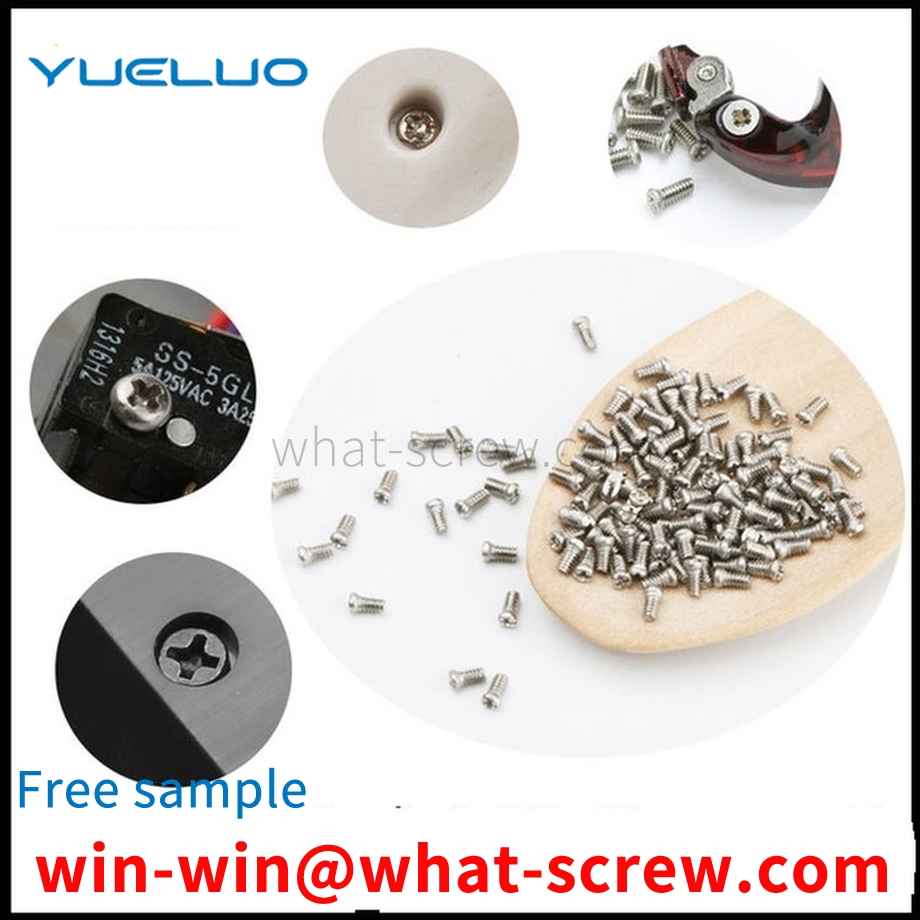
The above content is uploaded by Yueluo or the Internet. If there is any copyright issue, please contact [email protected].

What is the tolerance range of precision screws?

How to choose the right stainless steel screw manufacturer?

Why is there an R angle under the head of the hexagon head s...

We have more than ten years of production experience in the ...

We have more than ten years of experience in the production ...

We have more than ten years of experience in the production ...

We have more than ten years of experience in screw industry ...